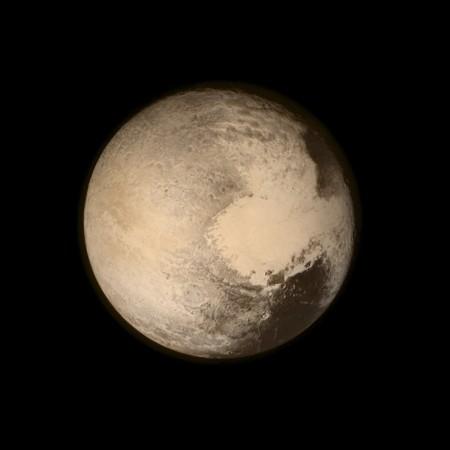Pluto, the most famous non-planet in the Solar System, is in the same plane with the rest of the Solar System planets for the first time since 1931. It will not reach the planar alignment again for about 161 years from now.
To visualise this, one can imagine the Solar System as a flat Frisbee, with all the orbits of the planets in more or less concentric ellipses on a flat surface. Pluto, however, is not in line with the flat "ecliptic" as astronomers call it, notes a report by Popular Mechanics. Pluto is on a 17-degree angle relative to the other planets.
Pluto is almost always either above the rest of the planets or below, depending on where it is in its long orbit. Only twice every Plutonian year—248.59 years on Earth—will the planet line up with the rest of the Solar System and that alignment started last week. This is notable because this only the second time since Pluto's discovery that it has lined up with Earth.

When Pluto reaches one of the nodes— the two points where it intersects with the ecliptic — it offers a great view for astronomers observing it from the Earth. This is because when the Sun, Earth, and Pluto are lined up properly, there will be a lot of sunlight reflecting from the dwarf planet back at Earth.
There are two types of nodes, notes the report. One is the ascending node where it passes the ecliptic from below and the other one is the dwarf planet coming down on the plane - descending node. Right now, Pluto is passing from above the plane, transitioning to below it, on its descending node. The next time Pluto will be on a node is 2179.
Today, Pluto is crossing the solar system's plane for the first time since 1931, only a year after its discovery. It won't do so again for 161 years. (? Anne Verbiscer) pic.twitter.com/F6EHV9CoVu
— Andrew Rader (@marsrader) July 12, 2018

















